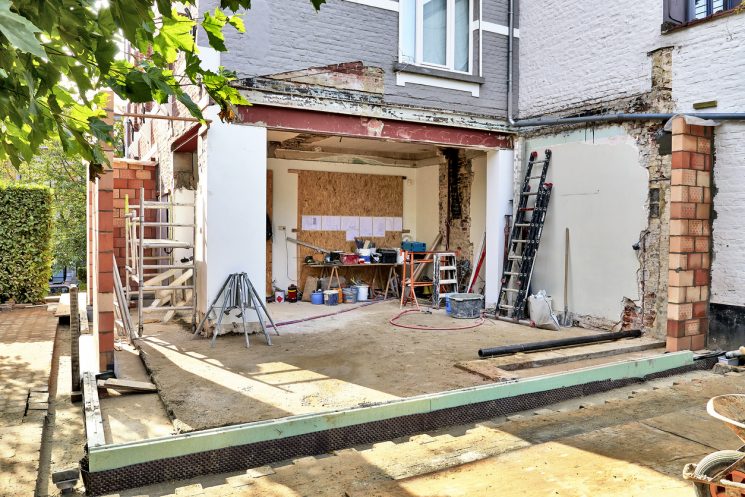Whether you’ve just moved into a new build home or spent years living in the same property, it’s inevitable that you’ll need to spend at least a small portion of your income on repairs, wear and tear and maintenance.
While home maintenance costs are normally quite predictable, certain problems can take you by financial surprise. From leaky pipes to broken boilers and smashed windows, problems that you simply can’t plan for can often have significant financial consequences.
If your savings account isn’t quite up to the task — a situation that’s the reality for about a quarter of all British families — one way to pay for home repairs and maintenance is through the use of a short term loan.
Below, we’ve explained how you can use short term loans to manage home repairs, as well as a simple guide to how short term borrowing works for you as a homeowner.
What are short term loans?
Short term loans are loans designed to provide instant access to cash without the long approval process of a conventional bank loan. This form of borrowing is widely available, both from High Street lenders and online loan providers like Mr Lender.
If you can’t access credit from a bank, don’t have a credit card, or only need to borrow a small amount of money, taking out a short term loan can be a good way to finance home emergencies and repairs.
Unlike most loans, which are designed to be paid back over a longer period, most short term loans are intended to be paid back by your next pay cheque. Interest rates for short term loans are fairly high, making it important to borrow responsibly with a clear plan for repayment.
How short term loans can help with home repairs
If you have limited savings, or keep most of your savings invested in illiquid assets or markets don’t allow for quick, inexpensive conversion to cash, short term loans can be extremely useful for covering one-off costs like home repairs.
Whether your home is old or new, it’s inevitable that you’ll run into certain problems that require repairs. This is true even if you live in a brand new home — in fact, survey data shows that 51% of new-build homes in England have “major faults” that require repairs.
The most common faults with new-build homes are relatively minor — unfinished fittings, utility faults and other quick fixes. Used responsibly, a small short term loan can make taking care of these expenses a much less stressful process.
How to use a short term loan for home repairs
As with any form of credit, it’s important to borrow responsibly when you take out a short term loan. Before considering a loan, you should:
- Make sure you can pay it back on time. Short term loans have relatively high interest rates, meaning a missed payment or slower-than-expected repayment schedule can significantly increase the cost of the loan.
- Only borrow the money you need. Before you consider taking out a short term loan for home repairs, get a quote for the work and only borrow the amount you need to pay it.
- Use loans incidentally, not habitually. It’s never a good habit to rely on loans to pay for your regular expenses. Use loans responsibly when required, not habitually as an easy way to pay for your home’s maintenance.
Used effectively and responsibly, short term loans can make covering the cost of leaks, broken appliances and other common home repairs a breeze. Borrow intelligently and you’ll enjoy less stress next time your home needs fixing, all at a minimal cost to your bank account.





